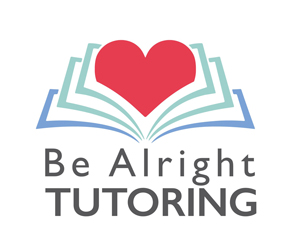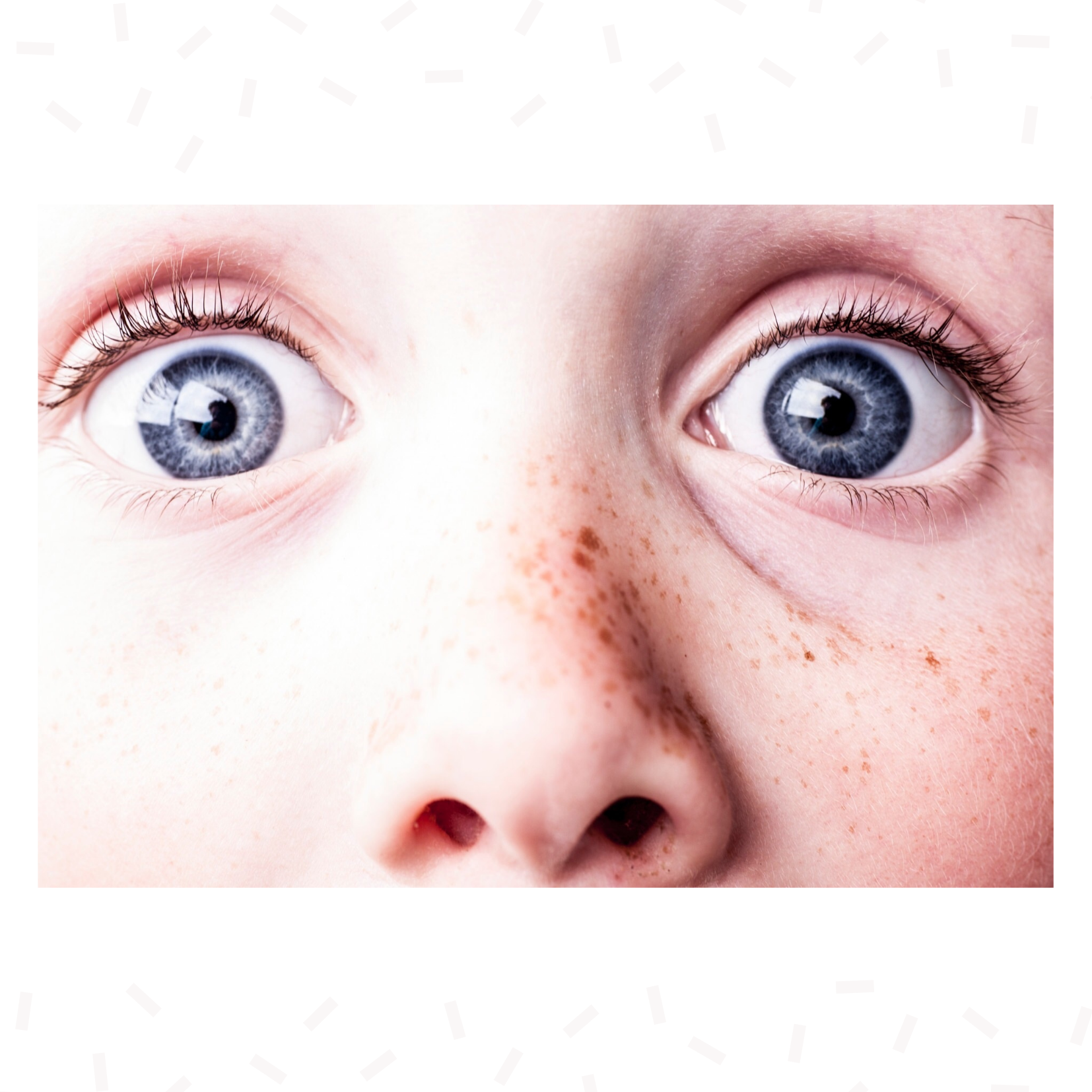With all we’ve experienced in 2020, managing our grown up anxiety is hard enough, let alone the anxiety our kids are feeling.
A staggering 80 percent of children suffering from an anxiety disorder are not receiving treatment, compared to 60 percent of kids suffering from a depressive disorder, according to the 2015 Child Mind Institute Children’s Mental Health Report.
Yet, both conditions are highly treatable these days using a variety of therapies, including non-pharmaceutical treatments like meditation and cognitive therapy. Carrying these anxious feelings into adulthood, however, can lead to serious consequences.
Anxiety disorders impact about 25 percent of all children between the ages of 13 and 18, according to the Anxiety and Depression Association of America (ADAA). Measuring how the current pandemic impacts children’s anxiety is difficult to measure accurately. We do know with certainty, though, treating anxiety is especially successful when begun early.
Be Alright wants to help parents understand childhood anxiety and know when it’s time to seek help.
Types of Anxiety
There are eight types of anxiety disorders, including: Separation anxiety disorder, generalized anxiety disorder, obsessive-compulsive disorder, posttraumatic stress disorder (PTSD), social anxiety disorder, selective mutism, and panic disorder. The ADAA offers a clear explanation for each of these childhood anxiety disorders.
During a child’s development, normal anxieties can ebb and flow. The frequency of these anxious behaviors gives parents a clue of the severity.
For instance, separation anxieties are common among small children. If separation anxiety, however, is a daily struggle and alters a family’s lifestyle, it may be time to look for help.
Children with Separation Anxiety Disorder (SAD) often sleep with their parents nightly, have frequent nightmares, and habitually check on their parent’s location. SAD children may also have problems attending school and participating in sports or social events. When you see consistent anxiety over similar situations and the anxiety makes it hard for your child to participate in normal activities like sports, school, playdates, etc. Think about seeking help.
Cognitive Behavioral Therapy
Cognitive behavioral therapy (CBT) has a 70 to 80 percent response rate among children with anxiety disorders, according to the Children’s Center for OCD and Anxiety. CBT is the process of identifying worrisome thoughts and behaviors, then, deflating them with logic and new behavior. If, for instance, a child refuses to attend a group activity with other kids, ask for a reason. The anxious child may say, “I might die. ” A cognitive behavioral therapist would encourage the child to examine the likelihood of this thought. “It’s possible you may get hurt, but very unlikely. No one can predict the future. Do you know anyone who has died attending this type of event?” Many therapists trained in cognitive behavioral therapy are anxiety specialists.
Relaxation Techniques
Stress is inevitable in today’s world, and children are not immune. Use your child’s anxiety as a doorway to making yourself a calmer person. Use relaxation techniques together.
SAD and other types of anxiety can be reduced by practicing relaxation techniques daily. Parents can use relaxation apps before bed, along with stretching exercises to relieve tension. The Child Anxiety Network has a listing of relaxing children’s books and CDs. Teach your child coping skills, like deep breathing, they can implement when away from home and feeling stressed. Look for relevant classes the whole family can take online like yoga, meditation, and the like.
Patience
Parents of children with SAD and other anxiety disorders must exercise patience as they deal with the daily struggles of living with worry. Other children may run carefree to the playground, while your child hesitates and watches from a safe distance. It’s painful as a parent to see your child refuse to participate. Sometimes, children require the painstaking process of taking baby steps as they confront their fears. A child afraid of ballet class may need to observe for a few weeks and, then, have the parent in the room for a few more. Surround yourself with understanding and knowledgeable support as you deal with this challenging issue.

